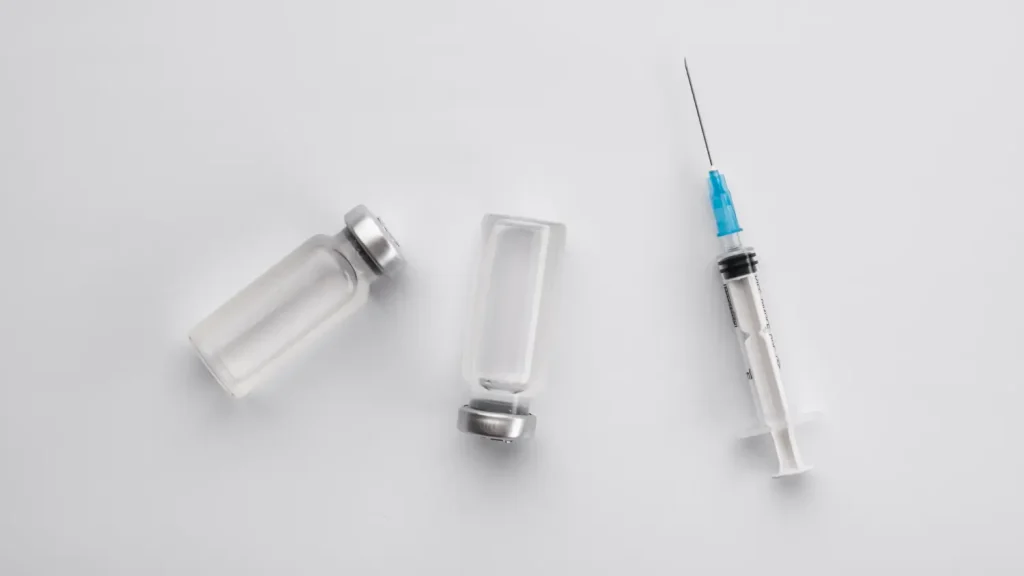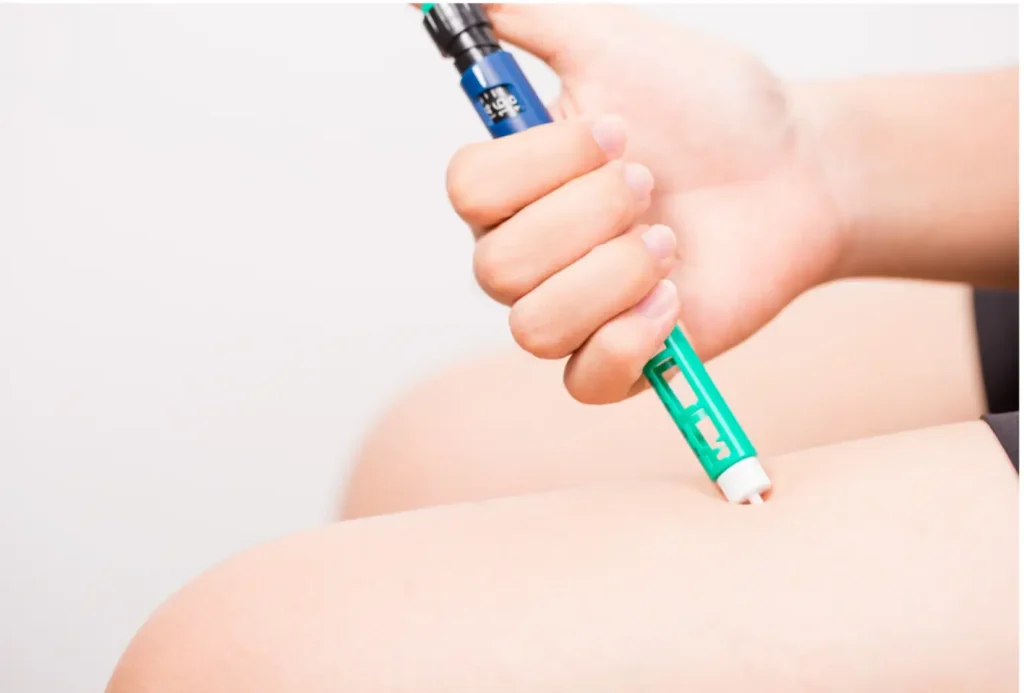Did you know that the human eye can process visual information at an astonishing 400 million bits per second? This incredible speed allows us to react to our environment almost instantly, highlighting the essential role vision plays in daily life. However, conditions like neovascular (wet) age-related macular degeneration (nAMD) and other retinal diseases can threaten eyesight, underscoring the need for early intervention and effective treatment.
One promising treatment for these conditions is Vabysmo (faricimab-svoa), a breakthrough therapy designed to target the root causes of retinal diseases. Its unique dosing schedule, starting with a structured loading phase and followed by personalized maintenance intervals, optimizes drug absorption and ensures long-term efficacy—helping patients maintain their vision and improve their quality of life.
This article delves into Vabysmo’s dosing protocol, explores its significance in vision care, and provides insights into how this treatment helps patients manage retinal conditions effectively.
Key Takeaways
- Vabysmo is FDA-approved for treating neovascular age-related macular degeneration (nAMD), diabetic macular edema (DME), and macular edema following retinal vein occlusion (RVO).
- The loading phase of Vabysmo involves 4 monthly doses for nAMD and DME, and 6 consecutive monthly injections for RVO, establishing a foundation for effective disease control.
- After the loading phase, maintenance dosing for nAMD and DME can be spaced out to every 8, 12, or 16 weeks based on patient response and disease activity.
- Vabysmo’s dual inhibition mechanism, targeting both VEGF-A and Ang-2, allows for longer dosing intervals, improving patient adherence and reducing treatment burden.
- Continuous monitoring using OCT imaging and visual acuity testing helps adjust the dosing schedule to ensure optimal results.
- Compared to Eylea, Vabysmo offers greater flexibility in dosing intervals, with some patients requiring treatment only every 16 weeks after the initial phase.
- Regular follow-ups and personalized treatment plans ensure effective disease management while minimizing potential complications.
About: Medical Spa RX provides medical practices with premium products at the best prices. If you’re looking to buy Vabysmo for your practice, the sales representatives at Medical Spa RX can give you guidance.
Loading Phase: Initial Dosing Protocol for Vabysmo
The loading phase for Vabysmo (faricimab-svoa) is essential for establishing an effective treatment plan for patients with neovascular (wet) age-related macular degeneration (nAMD), diabetic macular edema (DME), and macular edema following retinal vein occlusion (RVO). During this phase, the recommended initial dose protocol includes intravitreal injections of 6 mg (0.05 mL of 120 mg/mL solution) administered every four weeks for a set duration.
- For nAMD and DME, patients receive four initial doses followed by evaluations to determine subsequent dosing intervals.
- For RVO, six consecutive monthly injections are required as part of the initial treatment protocol.
This structured approach ensures optimal drug absorption and efficacy, stabilizing vision and reducing disease progression early in treatment. The goal is establishing control over the condition, setting the foundation for more flexible maintenance dosing in the next phase.
Maintenance Dosing for Vabysmo in nAMD and DME
After completing the initial four loading doses, Vabysmo enters the maintenance phase, where its flexible dosing schedule becomes a key advantage. Unlike traditional treatments that require fixed monthly injections, Vabysmo allows extended intervals tailored to the individual’s disease activity, making it more convenient for patients and clinicians alike.

- For nAMD: After the initial loading phase, injections are administered every 8, 12, or 16 weeks, with most patients transitioning to 12 or 16-week intervals if the disease remains stable.
- For DME: Similar to nAMD, patients can be dosed every 8, 12, or 16 weeks, based on response to treatment.
This dual inhibition mechanism, targeting both VEGF-A and Ang-2, enables personalized dosing approaches, improving control with fewer injections. Clinicians assess anatomical markers and visual acuity at each visit to determine whether the interval should be maintained, shortened, or extended.
More frequent dosing, typically every 8 weeks, may be necessary for patients experiencing fluid recurrence or changes in vision. During preparation, Vabysmo should be withdrawn from the vial using a filter needle to ensure the solution is free of particulates before the intravitreal injection is administered.
Monitoring Disease Activity to Adjust Vabysmo Intervals
Continuous monitoring is essential in managing Vabysmo’s flexible dosing schedule. The goal is to find the longest possible interval between treatments while still effectively managing disease activity, thus reducing the treatment burden without compromising results. Key tools for monitoring include:

- OCT imaging to assess retinal thickness and fluid levels.
- Visual acuity testing at each visit measures changes in vision.
- Patient-reported symptoms include new visual distortions or decreased vision.
- Clinical judgment, factoring in overall disease behavior over time.
If disease activity remains stable, intervals can be extended up to 16 weeks. If fluid recurrence is detected or vision worsens, the interval may be reduced to 8 weeks. This flexible approach allows personalized care, ensuring patients receive optimal treatment while minimizing unnecessary injections.
Comparing Vabysmo Dosing With Eylea and Other Injectables
When comparing Vabysmo vs Eylea and other traditional anti-VEGF therapies, the major advantage of Vabysmo lies in its flexible dosing intervals. The following table summarizes the dosing schedules for several anti-VEGF therapies:
| Medication | Loading Doses | Typical Maintenance | Max Interval |
| Vabysmo | 4 monthly doses | Every 8-16 weeks | 16 weeks |
| Eylea | 3 monthly doses | Every 8 weeks | 12 weeks (after 1 yr) |
| Lucentis | Monthly | Monthly or PRN | PRN |
| Beovu | 3 monthly doses | Every 8-12 weeks | 12 weeks |
Vabysmo’s ability to extend treatment intervals up to 16 weeks offers significant benefits for patients, especially when compared to Eylea, which typically requires injections every 8 weeks for the first year. This flexibility helps reduce treatment burden while maintaining visual outcomes.
Additionally, a common question arises: “Is Vabysmo a steroid?” The answer is no. Vabysmo is a non-steroidal biologic that targets specific growth factors involved in retinal diseases, offering anti-inflammatory benefits without the risks associated with steroid use.
Conclusion
Vabysmo represents a significant advancement in the treatment of wet AMD and DME. Its dual-pathway inhibition of VEGF-A and Ang-2 provides a targeted approach to managing retinal diseases, leading to better outcomes with fewer injections. The loading phase sets a strong foundation for treatment, while the flexible maintenance dose ensures that patients receive the best possible care with a reduced treatment burden.
With continuous monitoring and adjustments based on disease activity, Vabysmo offers a customized treatment plan that maximizes efficacy while minimizing the frequency of injections. This makes it a powerful option for retinal disease management, improving patient adherence and long-term success in maintaining vision.
FAQs
1. What is Vabysmo used for?
Vabysmo is an intravitreal injection used to treat neovascular age-related macular degeneration (nAMD) and diabetic macular edema (DME). It works by blocking two proteins, VEGF-A and Ang-2, which contribute to abnormal blood vessel growth and leakage in the retina.
2. How is Vabysmo different from other eye injections?
Vabysmo is the first FDA-approved treatment that targets both VEGF-A and Ang-2. This dual mechanism may offer more effective and longer-lasting results, allowing for extended dosing intervals compared to other injectables.
3. What are the most common side effects of Vabysmo?
The most common side effects include eye pain, floaters, and increased intraocular pressure. Serious complications, although rare, can include endophthalmitis and retinal detachment.
4. Can Vabysmo really be given every 16 weeks?
Clinical trials have shown that many patients can be maintained on a 16-week interval after the initial loading doses. The interval depends on how well the patient responds and whether the disease remains inactive.
5. How long does each Vabysmo injection appointment take?
The injection itself takes only a few minutes. Including preparation and post-injection checks, a typical appointment lasts around 30 to 45 minutes.
6. Is Vabysmo covered by insurance or Medicare?
Yes, Vabysmo is typically covered by Medicare and most commercial insurance plans. Coverage may vary, so patients should check with their provider and insurance company.
7. How soon can I expect to see improvement with Vabysmo?
Many patients notice improvements in vision and retinal thickness within the first few injections. Full effects may take a few months, and continued dosing is essential for sustained results.
References
Ebs D. 20 Eye-Opening Facts About Human Vision – OhMyFacts. OhMyFacts. Published July 14, 2024. Accessed May 26, 2025. https://ohmyfacts.com/science/20-eye-opening-facts-about-human-vision/
Raising awareness on eye care. www.who.int. https://www.who.int/activities/raising-awareness-on-eye-care





















